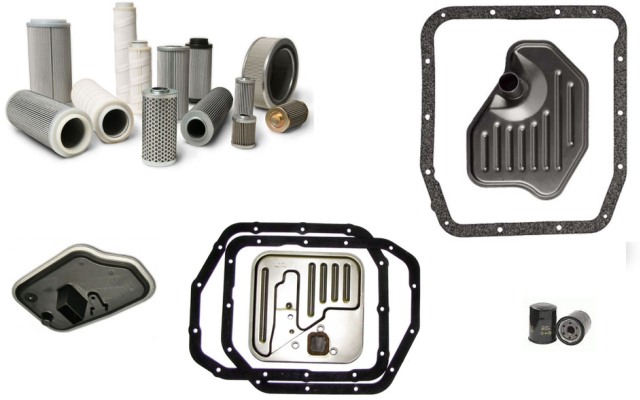The transmission fluid and transmission pan gasket should also be changed when changing your transmission filter, which is recommended by most automakers every 30,000 miles or every two years, whichever comes first.
How Do You Check The Transmission Fluid On A 1999 Honda CR-V?
Check the fluid level by removing the dipstick and inserting it completely into the transmission. It should be between the upper and lower marks on the dipstick. Use caution while working on the engine because it may be very hot. Do not place your hands near the radiator fan because it may automatically turn on.
| It is one of the most curious topics of users: | 1999 honda crv transmission filter location |
| After that, the second most searched topic is: | 1997 honda crv transmission filter location |
| And with this, another curious topic: | 1998 honda crv transmission filter location |
What Oil Does A 1999 Honda CRV Take?
It takes 4 liters of 5W-30 oil for the 1999 Honda CRV, but it’s fine if you go a little over 4 liters.
Note: In addition to the information we have provided in our article on 1999 honda crv transmission filter, you can access the wikipedia link Here, which is another important source on the subject.
How Much Does It Cost To Replace Transmission On A 2000 Honda CRV?
When your 2000 Honda CRV’s transmission begins to grind as it changes gears, if it doesn’t change gears at all, or if a lot of fluid leaks out of the undercarriage, you know it needs to be replaced. A new transmission typically costs between $2,000 and $2,500.
How Do I Know If My Shifter Cable Is Broken?
You won’t be able to shift if the shift cable breaks; if the horizontal cable breaks, you won’t be able to shift; if the vertical cable breaks, you will only be able to shift into third or fourth gear. Your shifter handle won’t be able to return to its neutral position on its own.
Can A Car Run Without A Shifter Cable?
Yes, you can select a gear manually from the top of the transmission; however, you must use your emergency brake or the vehicle will roll.
What Does The Shifter Cable Connect To On The Transmission?
Transmissions with automatic transmissions typically have one cable that connects the transmission to the shifter assembly, whereas manual transmission vehicles typically have two cables. The shift selector cable moves the transmission into the appropriate gear.
Where Is The Transmission Shift Cable?
The automatic transmission and the gear shifter are connected by the shift selector cable, which is typically made of steel and has a plastic outer sheath to keep it safe from the elements.
What Happens When The Shift Solenoid Goes Out?
The vehicle will not downshift as you slow down. An inability for the solenoid valve to operate may prevent your car from downshifting, and the engine will continue to rev as you attempt to brake. You experience delayed gear shifting and a sense of pulling or slipping when trying to shift between gears.
Where Is The Transmission Shift Solenoid Located?
In most instances, you will need to remove the entire valve body in order to gain access to the transmission control solenoids, which are typically a part of an assembly known as “Mechatronics,” “Solenoid Pack,” or “Valve Body.”
What Transmission Does A Honda CR-V Have?
The Honda EarthDreams® Technology CVTs that are standard on every CR-V provide an outstanding driving experience in addition to outstanding fuel efficiency. The CVT enables the engine to always operate at the optimal rpm level, resulting in maximum efficiency regardless of the driving conditions.
How Long Will A 1999 Honda CRV Last?
The Honda CRV, like all Honda vehicles, is able to last for such a long time due to the craftsmanship and high-quality materials used in its construction. If it is maintained with a lot of tender love and care, the CRV can continue to run for well over 200,000 miles.

